Growth in Construction Activities
The construction industry significantly influences The Global Rubber Industry, as rubber is extensively used in various applications, including flooring, roofing, and insulation. The ongoing urbanization and infrastructure development projects are expected to drive the demand for rubber products. In 2025, the construction sector is anticipated to account for around 20% of rubber consumption, indicating a steady increase. This growth is attributed to the rising need for durable and sustainable materials in building projects. Furthermore, the trend towards eco-friendly construction practices may lead to an increased adoption of recycled rubber products, thereby enhancing the market's sustainability profile.
Increasing Environmental Regulations
The Global Rubber Industry is increasingly influenced by stringent environmental regulations aimed at reducing carbon footprints and promoting sustainability. Governments worldwide are implementing policies that encourage the use of eco-friendly materials and practices in rubber production. In 2025, it is projected that compliance with these regulations will drive a 10% increase in the demand for sustainable rubber products. This shift is prompting manufacturers to invest in greener technologies and practices, such as utilizing renewable resources and recycling waste rubber. As consumers become more environmentally conscious, the demand for sustainable rubber solutions is likely to grow, reshaping the market landscape.
Rising Demand from Automotive Sector
The automotive sector plays a pivotal role in shaping The Global Rubber Industry. With the increasing production of vehicles, the demand for rubber components such as tires, seals, and gaskets is on the rise. In 2025, the automotive industry is projected to consume approximately 60% of the total rubber production, reflecting a robust growth trajectory. This surge is driven by the growing consumer preference for personal vehicles and the expansion of electric vehicle manufacturing, which also requires specialized rubber materials. As manufacturers strive to enhance vehicle performance and safety, the need for high-quality rubber products becomes paramount, thereby propelling the market forward.
Technological Innovations in Rubber Production
Technological advancements are transforming The Global Rubber Industry by enhancing production efficiency and product quality. Innovations such as advanced compounding techniques and automation in manufacturing processes are enabling producers to meet the evolving demands of various sectors. In 2025, it is estimated that companies investing in research and development will experience a 15% increase in productivity. Moreover, the introduction of smart rubber materials, which can adapt to environmental changes, is likely to create new market opportunities. These innovations not only improve the performance of rubber products but also contribute to cost reduction, making them more competitive in the global marketplace.
Expansion of Medical and Healthcare Applications
The medical and healthcare sectors are emerging as significant contributors to The Global Rubber Industry. Rubber Market is widely used in the production of medical devices, gloves, and various healthcare products. The increasing global health awareness and the rise in healthcare expenditures are expected to drive the demand for rubber in this sector. In 2025, the healthcare industry is projected to account for approximately 15% of total rubber consumption. This growth is fueled by the ongoing need for high-quality, durable, and safe rubber products in medical applications. As the healthcare sector continues to expand, the demand for specialized rubber materials is likely to increase, further bolstering the market.
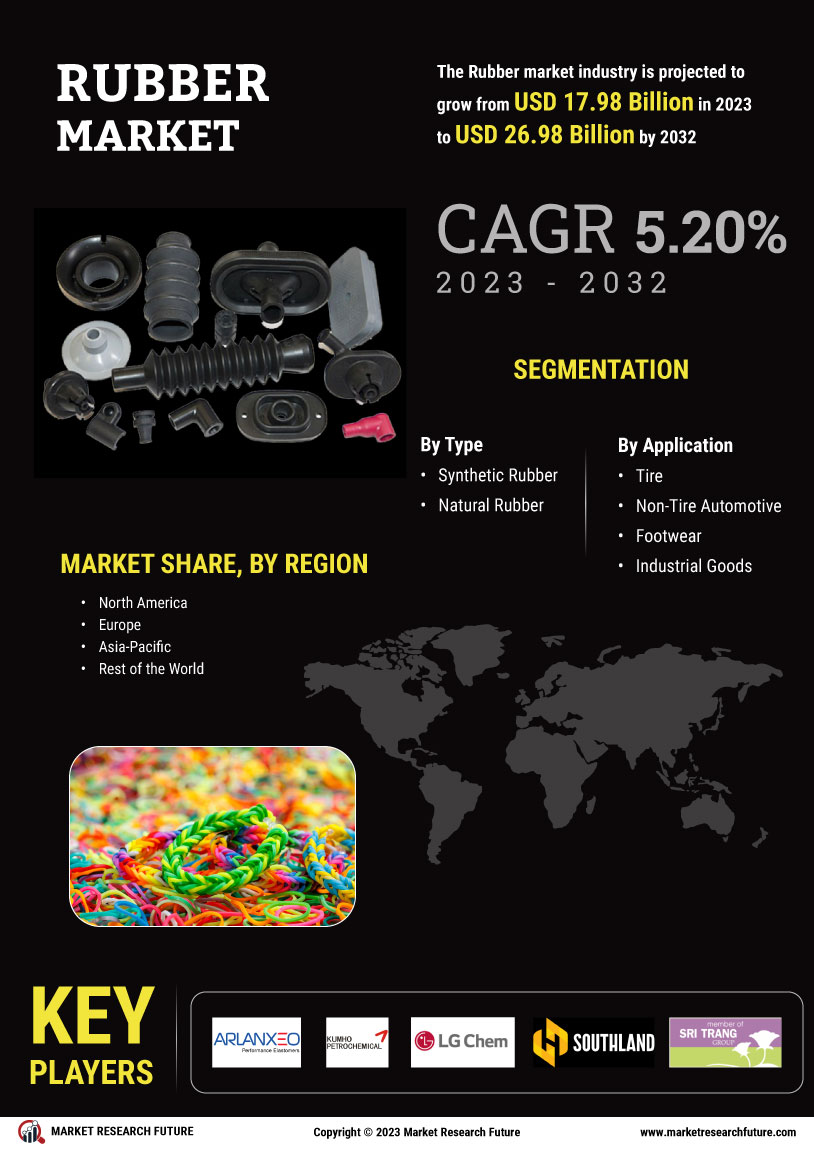

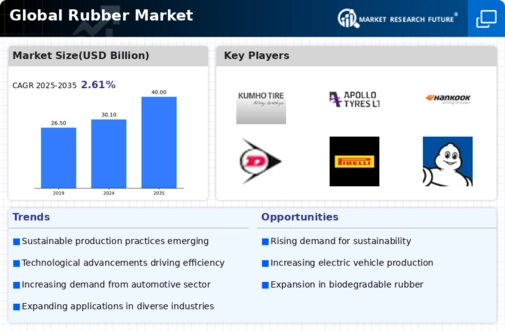

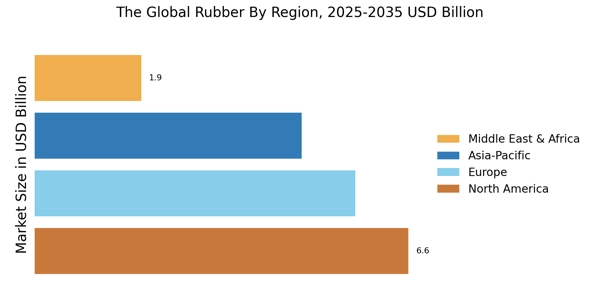
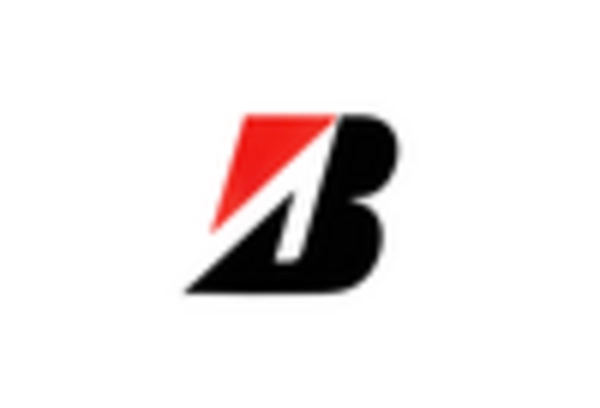

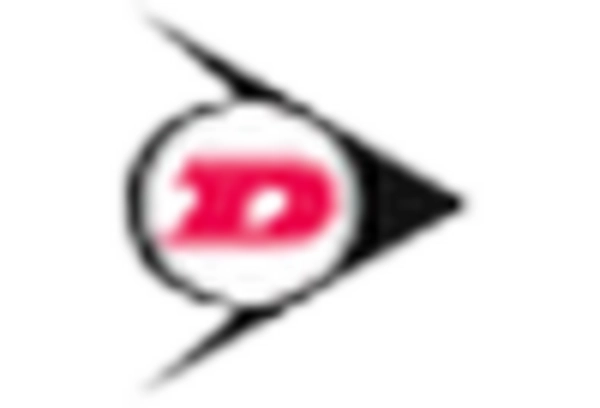


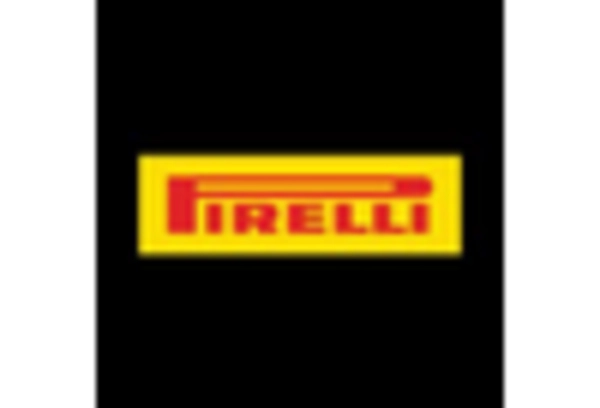








Leave a Comment